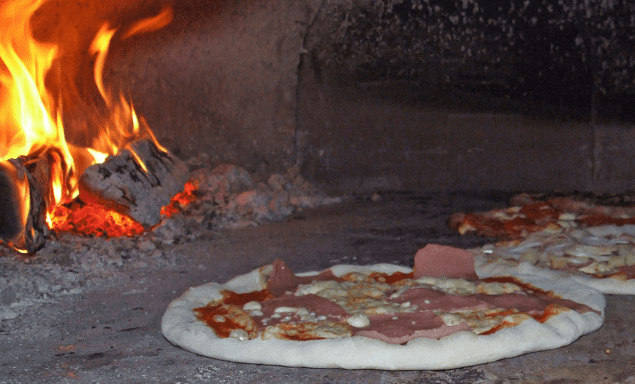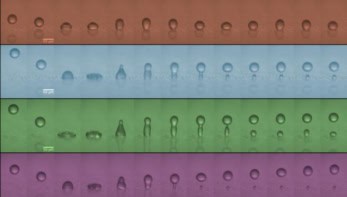
“Chinese cuisine is one of the richest and most interesting cuisines in the world,” write the physicists Andrey Varlamov, Zheng Zhou and Yan Chen in a paper on arXiv that explores the physics of Chinese food. Questions explored by the trio include “What is the difference in the physical processes of heat transfer during steaming of dumplings and their cooking in boiling water?” and “Why is it possible to cook meat stripes in a ‘hot pot’ in ten seconds, while baking a turkey requires several hours?”.
Varlamov is based in Italy so it is not surprising that he has also posted a paper on arXiv about the physics of baking pizza. Teaming up with physicist Andreas Glatz and food anthropologist Sergio Grasso, Varlamov compares pizza cooking in traditional wood-fired brick ovens and modern domestic ovens.
Here is something to think about while your pizza is baking. Why can you easily stretch a knitted scarf, whereas its individual strands of yarn are very difficult to stretch? If you are stumped, check out “Stitching together a knit theory” by Michael Schirber – who explains how physicists in France have created a new model of how knitted fabrics respond to stretching forces.



